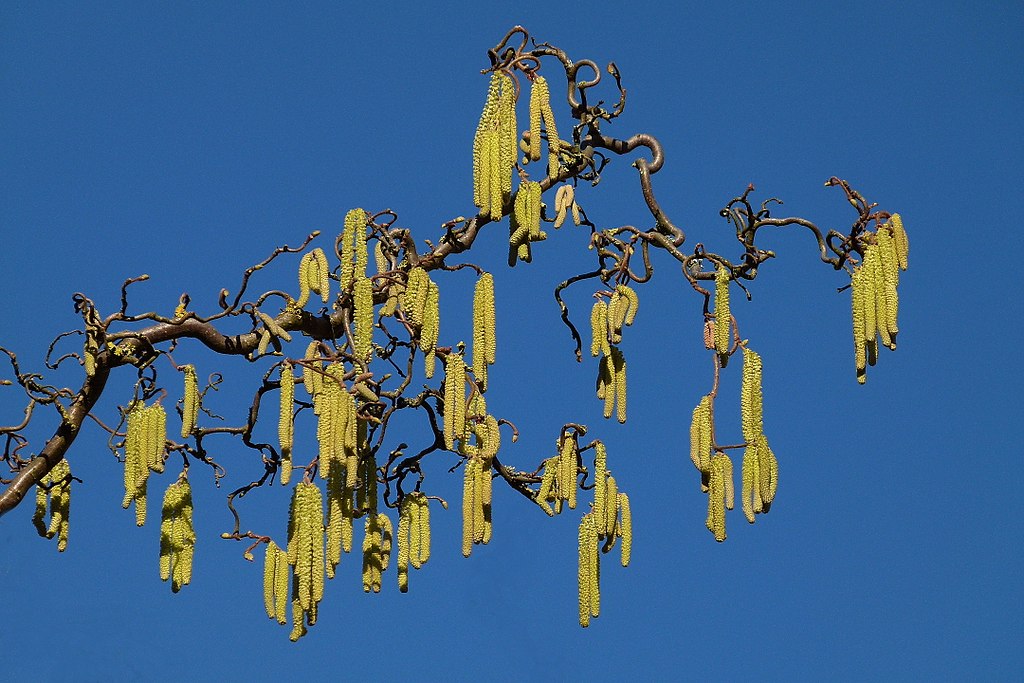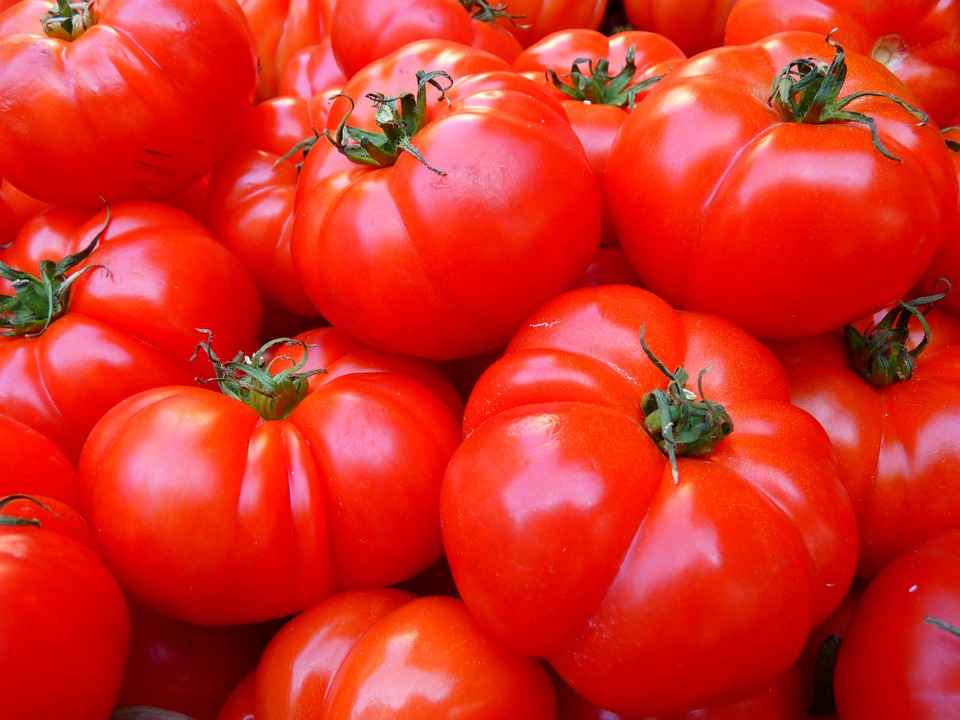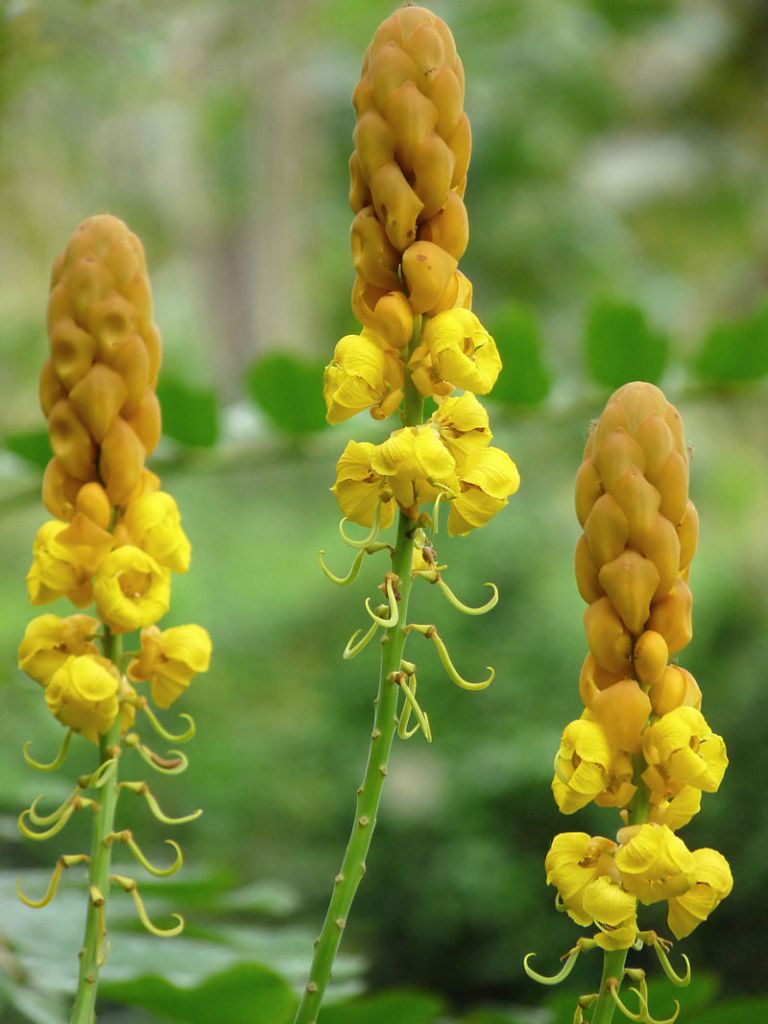
Emperor’s Candlestick is an ornamental, broadleaf, evergreen shrub that is native to Northern regions of South & Central America. In its native habitat, Sennas can grow up to 30 feet in height. However, if grown as architectural flowering border shrub or small tree, they grow up to 8 ft height and 5 feet in spread. It can grow well in USDA Zones 9-11 and is drought tolerant. It is also an aggressive grower (several feet a year). Senna alata can also be grown as an annual in Zones 8-9.
The beautiful evergreen leaves which reach about 30 inches long and have several unusual facts. The leaves have a tendency to close in the dark and has medicinal properties as a topical fungicide (used to treat ringworm and other fungal diseases). Hence, it’s other common name: ringworm bush.
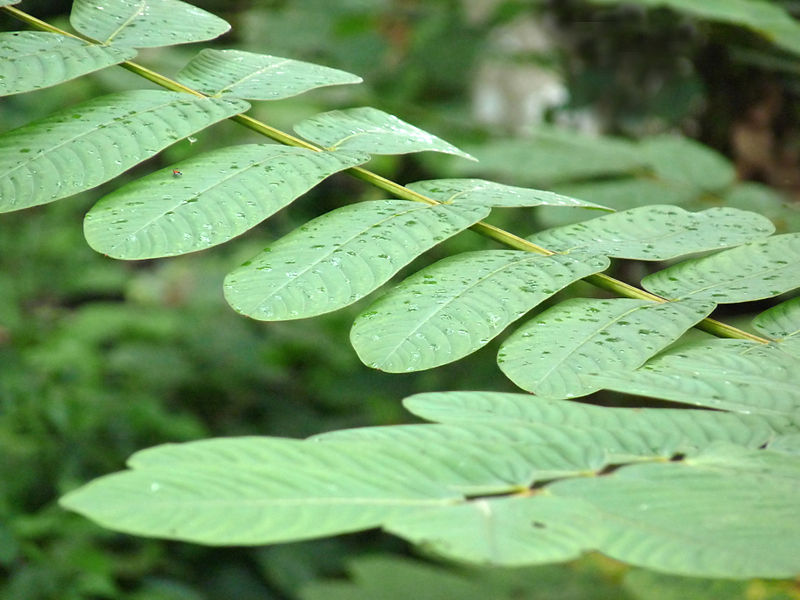
Senna alata prefers full sun and average, well-draining soil and can be grown easily from seeds started indoors in February through March, or sown directly outdoors after the last frost date. They also grow very well from established cuttings. Fertilizing is suggested during permanent planting and once monthly. During hot summer months, mulching is advised as well as regular watering. The plants generally bloom from late summer to fall and produce stunning, long and yellow flower stalks which resemble candles. The long seed pods are dark brown and contain dozens of seeds.
Senna can be grown in containers and be overwintered in sunrooms and greenhouses. Light watering is recommended during this time. They do not suffer from disease put may occasionally attract leaf miners.
*Every part of Senna alata is poisonous if swallowed and should be kept away from children and pets.
**Senna can also become invasive under certain conditions if left unchecked. Monitor periodically.



































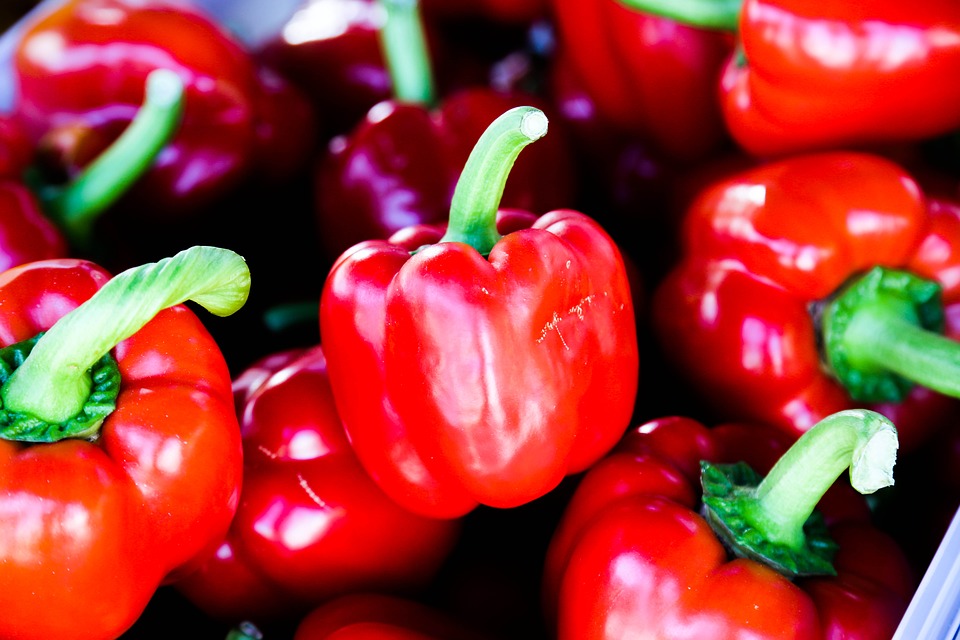




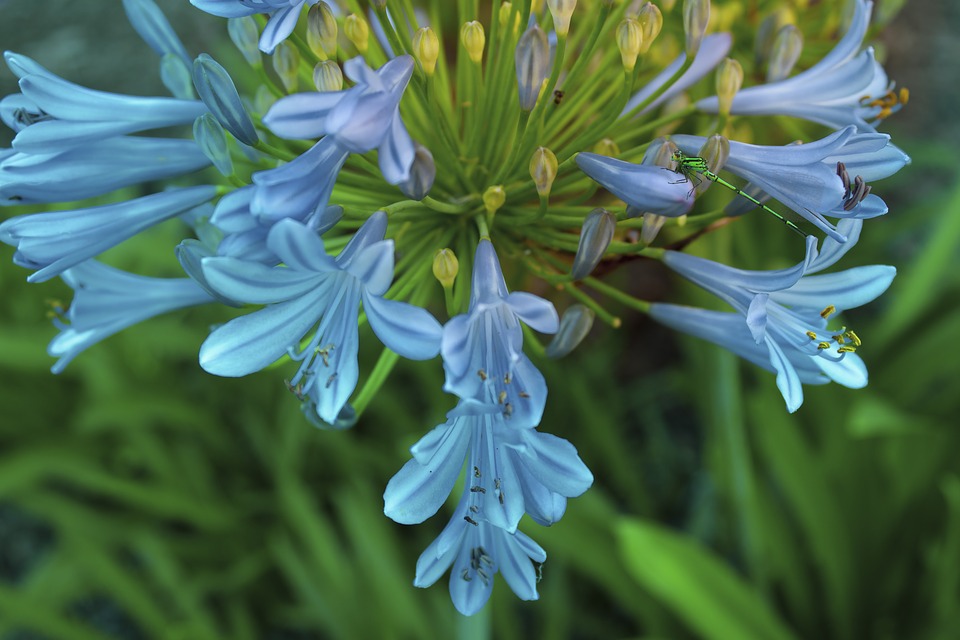



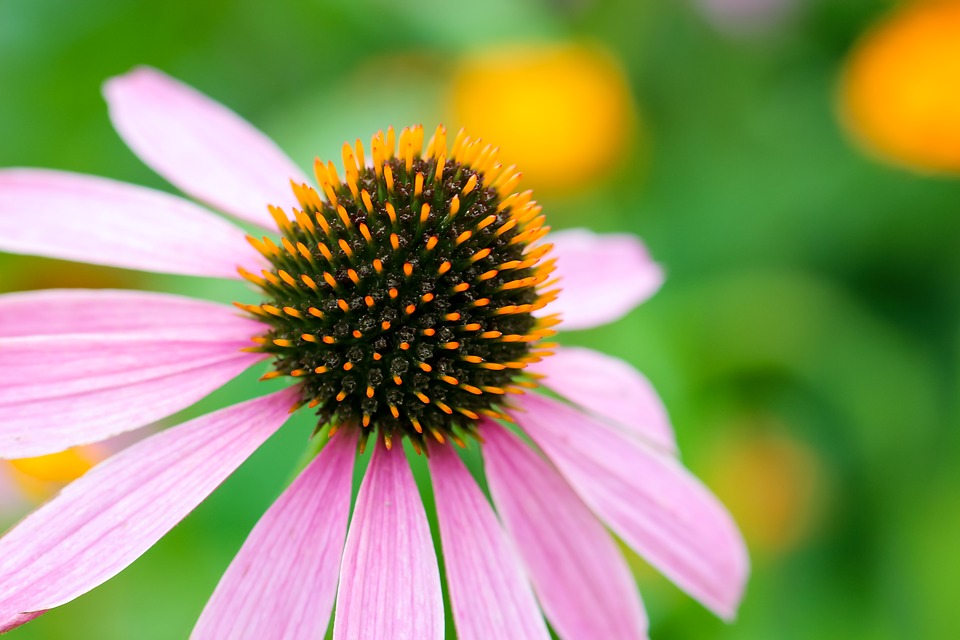


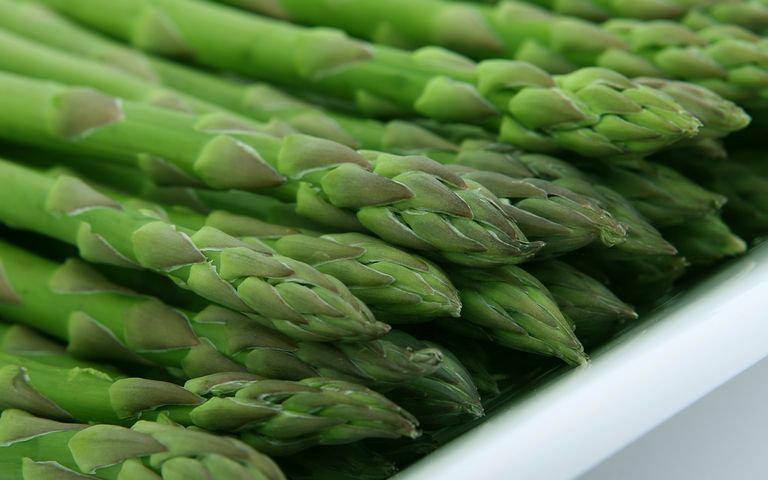
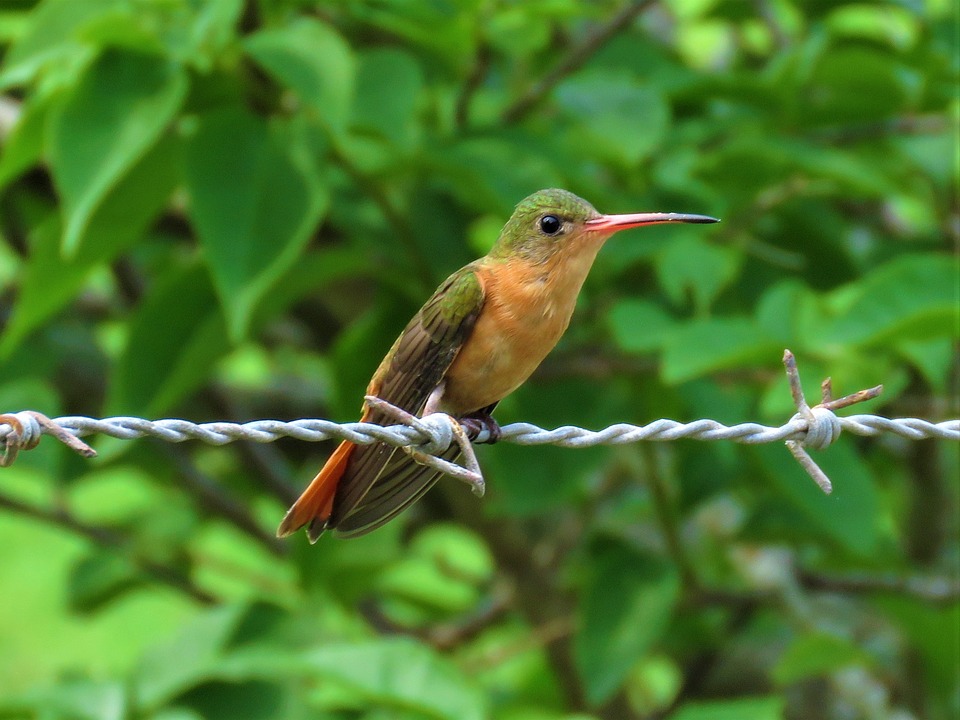


 The National Gardening Survey reveals that three-quarters of Americans garden in one form or another. But only 36 percent of people with disabilities engage in any leisure physical activity, including gardening and walking outdoors, according to a report by the United States Department of Health and Human Services (HHS).
The National Gardening Survey reveals that three-quarters of Americans garden in one form or another. But only 36 percent of people with disabilities engage in any leisure physical activity, including gardening and walking outdoors, according to a report by the United States Department of Health and Human Services (HHS).